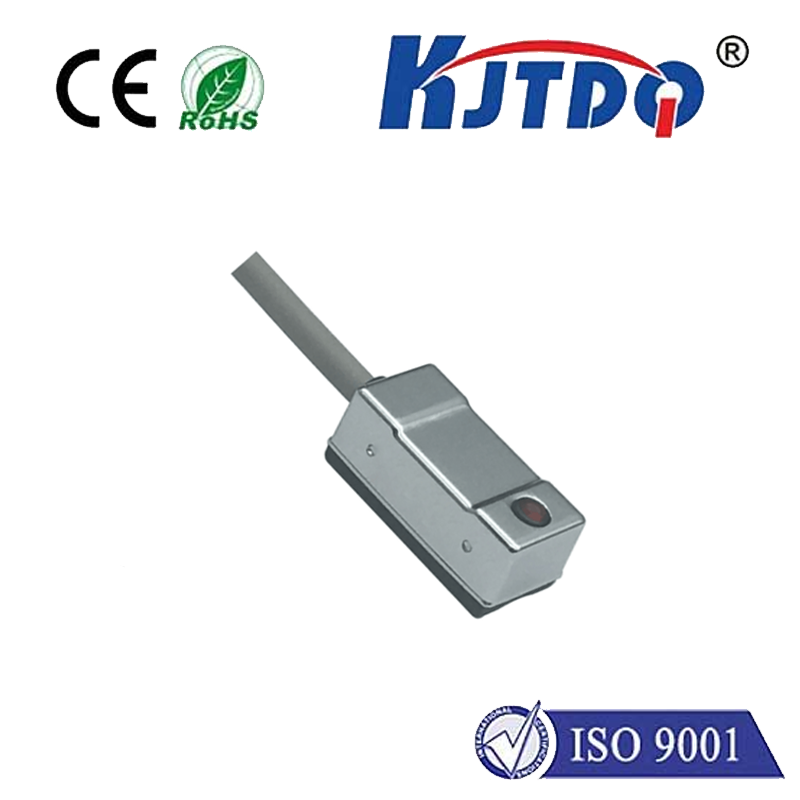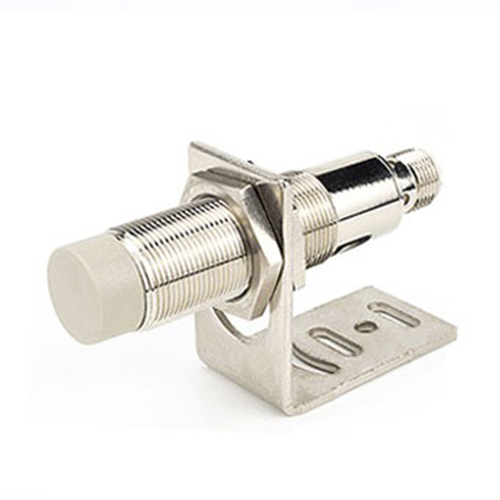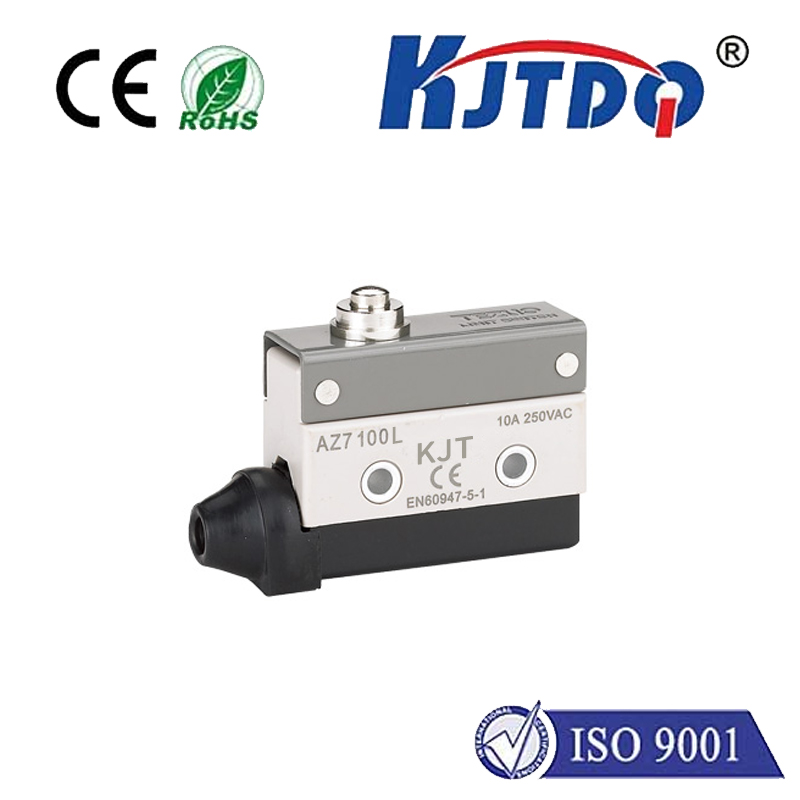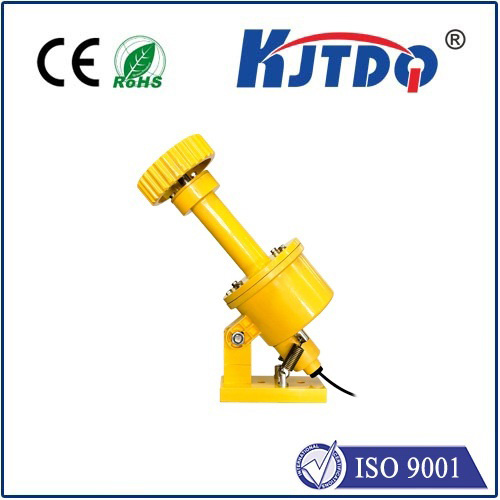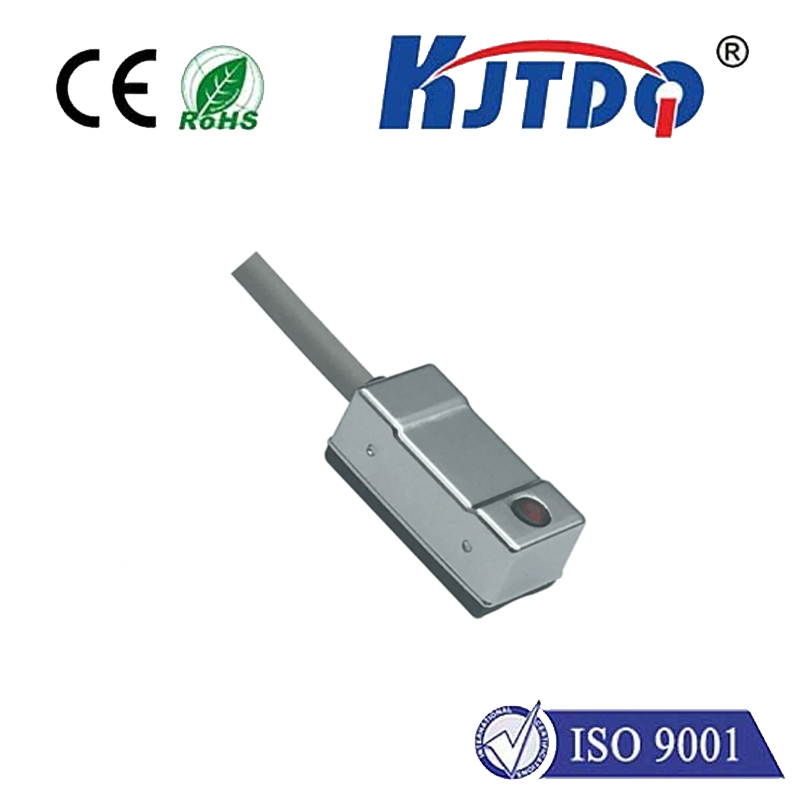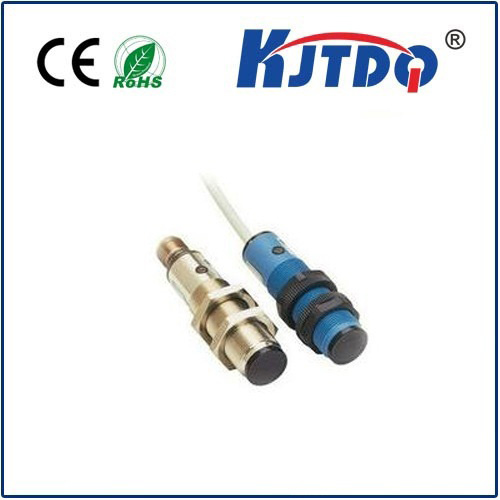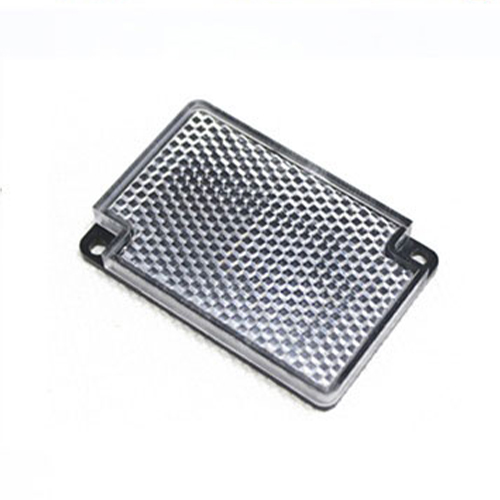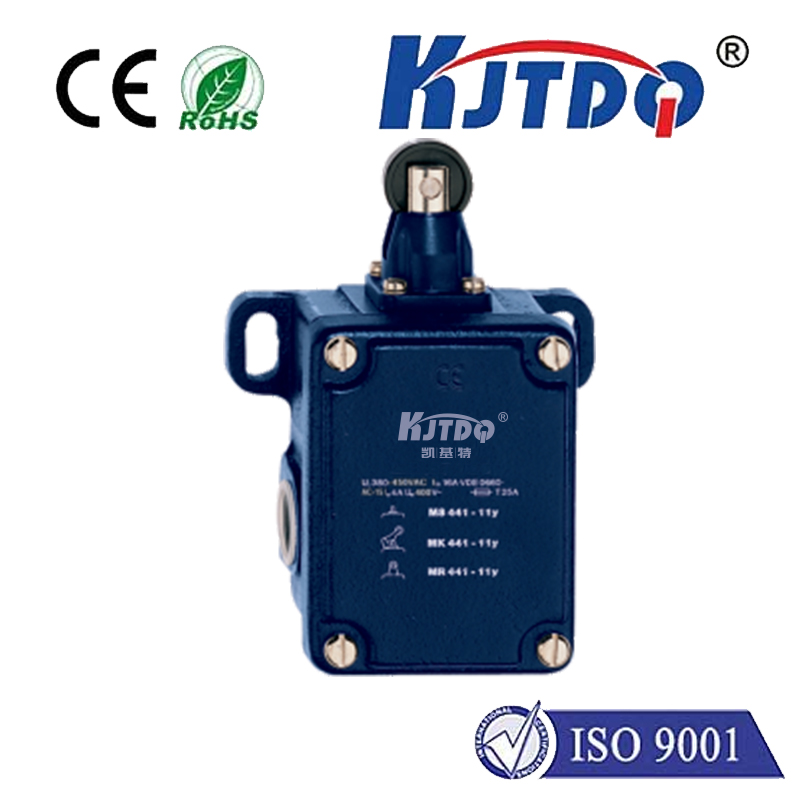

check

check

check

check

check

check

check

check

check

check
Title: "Unleashing the Power of Laser Photoelectric Switches: Revolutionizing Industrial Automation"
In the world of industrial automation, the efficiency and accuracy of machines are paramount. One technology that has significantly improved these aspects is the laser photoelectric switch, which has transformed the manufacturing industry by providing fast, reliable, and non-contact switching. This article will delve into the fascinating world of laser photoelectric switches, exploring their working principles, applications, and future prospects.
1. Introduction to Laser Photoelectric Switches
Laser photoelectric switches are electronic devices that operate based on the principle of light detection and pulse generation. These switches use a laser beam as an input signal, which is reflected off a target object and converted into an electrical pulse. The duration of the pulse determines the state of the switch – open, closed, or in between – allowing for accurate and efficient switching without any physical contact.
2. Working Principles of Laser Photoelectric Switches
The working principle of laser photoelectric switches can be broken down into three stages:
a. Light Detection: The laser beam is shone onto the target object, causing it to reflect back a portion of the light. This reflected light is then captured by photodiodes or other sensors.

b. Pulse Generation: The detected light triggers a photocell or other sensor to generate an electrical pulse. This pulse represents either an open or closed state, depending on the position of the target object relative to the laser beam.
c. State Transition: The generated pulse is processed by a microcontroller or other electronic component, which interprets its value and decides whether to switch the machine's output accordingly.
3. Applications of Laser Photoelectric Switches
The versatility of laser photoelectric switches makes them ideal for various industries and applications, including:
a. Robotics and Automation: Laser photoelectric switches are essential components in robotic systems, enabling robots to navigate complex environments, detect objects, and perform precise actions without physical contact. They are also employed in industrial process control systems to ensure safe and efficient operation.
b. Material Handling: Laser photoelectric switches are used in material handling systems to detect and track the movement of objects such as pallets, containers, and conveyor belts. This technology ensures accurate positioning and prevents collisions between items.
c. Packaging and Inspection: In food and pharmaceutical packaging facilities, laser photoelectric switches help detect defects, contamination, or counterfeit products during production processes, improving product quality and safety standards.
d. Electrical Discharge Relays (EDR): Laser photoelectric switches can be used as EDRs to monitor power supply quality by detecting voltage drops caused by short circuits or overloads in electrical systems. This technology helps prevent equipment failures and reduces downtime.
4. Future Prospects of Laser Photoelectric Switches
Despite their widespread adoption in various industries, laser photoelectric switches continue to evolve and offer new opportunities for innovation. Some potential areas of development include:
a. Increased Accuracy: As technology advances, laser photoelectric switches are becoming increasingly accurate in detecting target objects at different distances and angles. This improvement could pave the way for more advanced robots and automation systems.
b. Integration with Artificial Intelligence (AI): By integrating laser photoelectric switches with AI technologies such as machine learning and computer vision, manufacturers can create intelligent machines capable of complex tasks and decision-making processes.
c. Environmental friendliness: Laser photoelectric switches emit minimal noise and heat compared to traditional mechanical switches, making them environmentally friendly alternatives for sensitive applications where energy consumption is critical.
